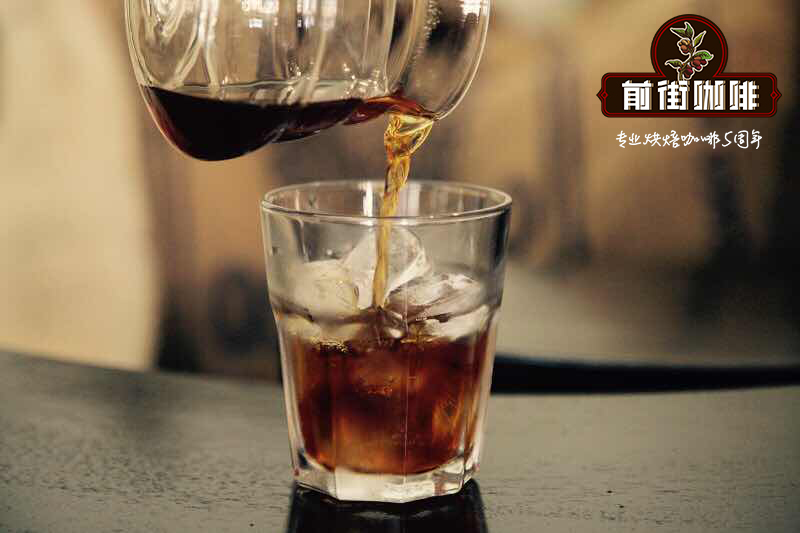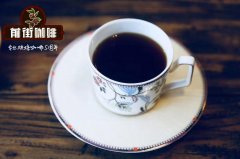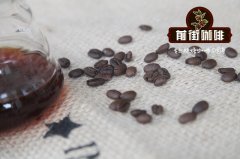Decaf coffee production method introduction, how to wash "go caffeine"

Professional coffee knowledge exchange more coffee bean information please follow the coffee workshop (Wechat official account cafe_style)
The production of decaf coffee
"wash" caffeine
Caffeine in energy drinks is often "washed" from coffee beans: companies that make decaf sell by-products to soda factories or energy drink plants to make the best use of them.
The caffeine in the beans can not be removed without "soaking" and "isolation". In 1903, the German Ludwig Roselius tried to extract caffeine with a series of acids and bases and successfully isolated it with a benzene solution. Later, he patented the method under his own name (Roselius Process), and his decaf factory was the predecessor of the multinational company Kraft. However, because benzene is a carcinogen, this method has been discontinued.
The so-called direct and indirect refers to where caffeine is taken out. The former method is to rinse the boiled raw beans with different solutions so as to reduce the caffeine in the beans. The indirect method is to soak out the taste of raw beans before separating caffeine from the water with a solution.
"low cause" has no international standard.
Readers may ask, "won't soaking in water lighten the taste of coffee?" The answer is yes. Therefore, the most popular Swiss water treatment method in the industry (Swiss water process, SWP), which is a contract manufacturing company in Canada, does not produce coffee itself, and has nothing to do with Switzerland). Its principle is to brew a batch of spare coffee to saturate the water (Green Coffee Extract) and separate the caffeine with activated carbon. The coffee put in later will not be clear except caffeine because it is in a state of saturation. The ideal content can be achieved after repeated several times.
There is a method called natural low-cause treatment (natural processed decaf), which is actually washed with natural substances (ethyl acetate). This common substance in fruits and vegetables is harmless to the human body, so it is called "natural". (note: most of the ethyl acetate used in the treatment plant is artificial. )
How low can be considered as low? In fact, there is no international standard for the percentage of caffeine in "decaf". The caffeine content in beans of the so-called decaf coffee drunk in the United States is less than 3% (3%). The EU standard is relatively stringent, with a content of less than 1/1000 (0.1 per cent) with a low cause standard.
Important Notice :
前街咖啡 FrontStreet Coffee has moved to new addredd:
FrontStreet Coffee Address: 315,Donghua East Road,GuangZhou
Tel:020 38364473
- Prev

Introduction of Coffee solvent extraction Swiss Water treatment Supercritical / liquid carbon dioxide High pressure extraction
Professional coffee knowledge exchange more coffee bean information Please pay attention to the coffee workshop (Wechat official account cafe_style) afraid of insomnia, palpitations, drink decaf coffee is healthier? Are you worried about palpitations, insomnia, or switching to decaffeinated coffee because of pregnancy? When drinking coffee, you want to consume less caffeine, which is actually similar to the variety of coffee beans and the size of grinding particles.
- Next

Don't assume decaf coffee is healthier; high cholesterol patients may not be suitable
Professional coffee knowledge exchange More coffee bean information Please pay attention to coffee workshop (Weixin Official Accounts cafe_style) Fear of insomnia, palpitations, drinking decaffeinated coffee is healthier? Are you worried about heart palpitations, insomnia, or switching to decaf coffee because of pregnancy? Drinking coffee to reduce caffeine intake, in fact, with coffee bean varieties, grinding particles large
Related
- Beginners will see the "Coffee pull flower" guide!
- What is the difference between ice blog purified milk and ordinary milk coffee?
- Why is the Philippines the largest producer of crops in Liberia?
- For coffee extraction, should the fine powder be retained?
- How does extracted espresso fill pressed powder? How much strength does it take to press the powder?
- How to make jasmine cold extract coffee? Is the jasmine + latte good?
- Will this little toy really make the coffee taste better? How does Lily Drip affect coffee extraction?
- Will the action of slapping the filter cup also affect coffee extraction?
- What's the difference between powder-to-water ratio and powder-to-liquid ratio?
- What is the Ethiopian local species? What does it have to do with Heirloom native species?

